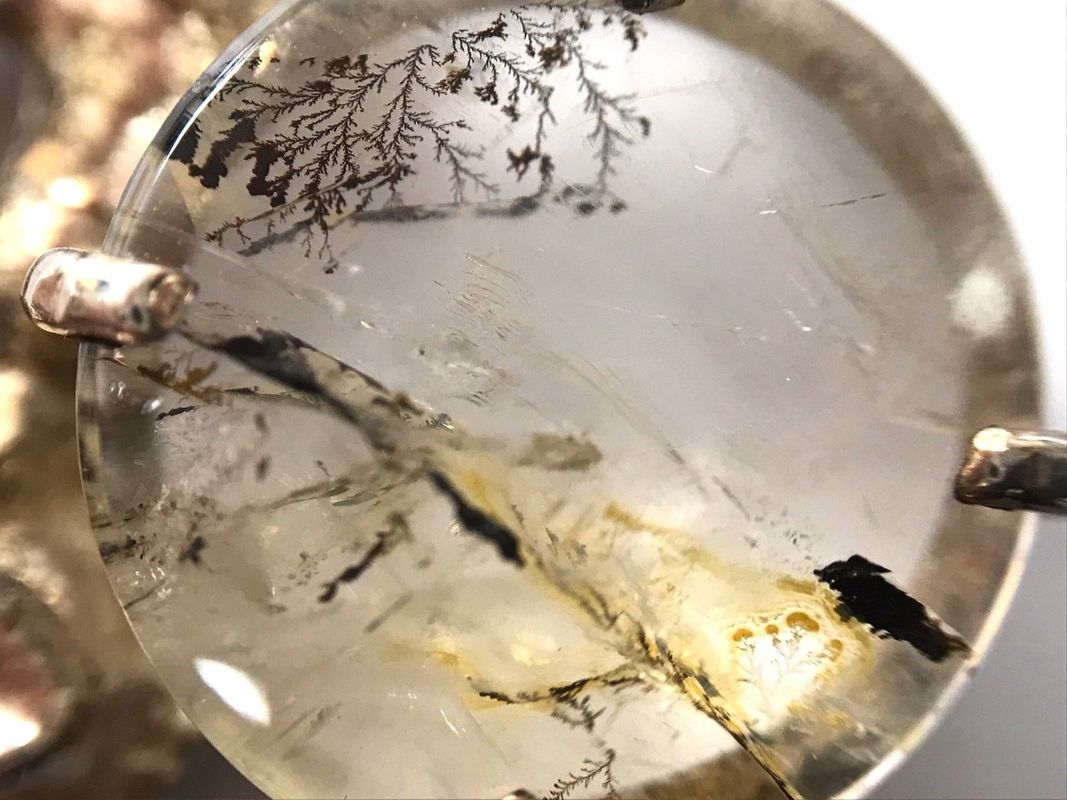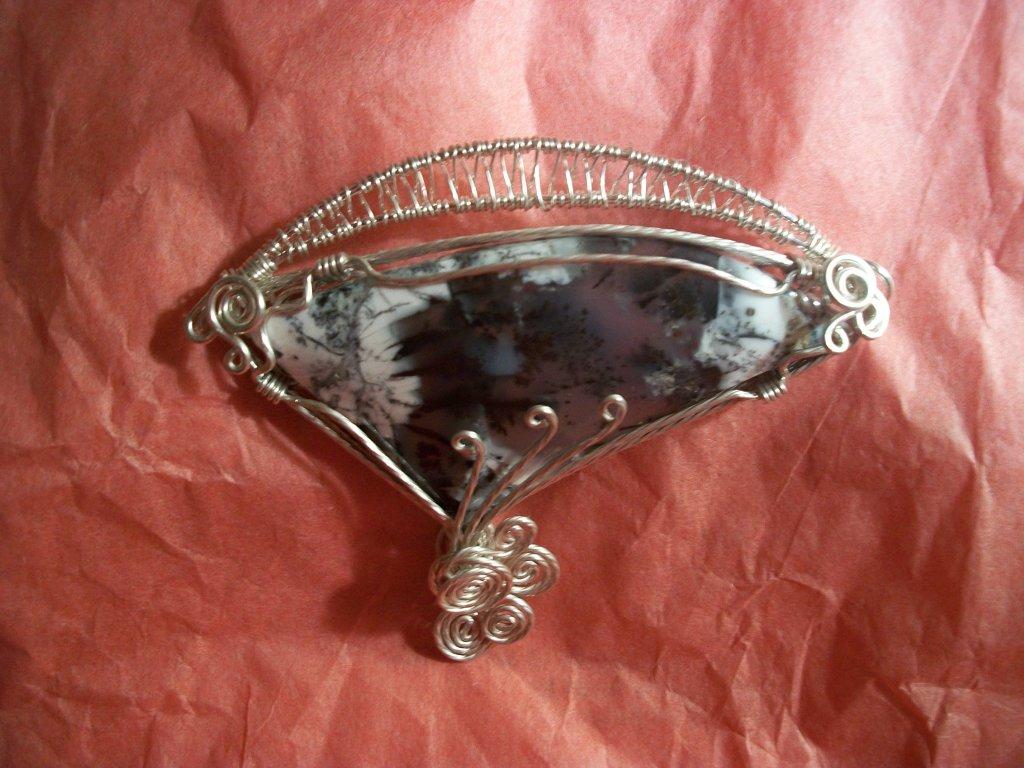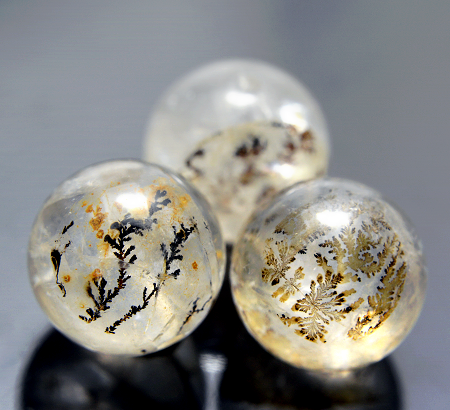



It is considered to be one of the rarer and more sought-after varieties of agate stone, although it is technically not a. Dendrites can occur in other gems as well, including opal and beryl. It features a pear shaped Dendritic Quartz and is embellished with 14k yellow gold claw prongs. Dendritic agate is a translucent, colorless to whitish-gray variety of chalcedony quartz, easily distinguished by its distinct tree- or fern-like markings known as 'dendrites', which are most often brown to black in color. These inclusions have the ability to tint their host red, orange, yellow, green, blue and black. Quartz can have inclusions of other minerals also, including, chrysocolla, azurite, malachite, chlorite or goethite. Choose Your Stones, Natural Chalcedony Gemstone Charms Connectors, DIY Jade Pendants, Gold Plated Connector, Rose Quartz Blue Opal Charms. Of course in nature no two things are alike, making each gem one of a The stains are found in microscopic fissures that cause them to branch out like tree limbs or fern like inclusions. Hence the name Dendritic or Dendrite Quartz. The word Dendrite comes from the Greek word “dendron” meaning tree. Like most included quartz, the primary sources of Dendritic Quartz are Brazil and Africa.Ĭalled dendrites. Rare and coveted Dendritic Quartz from Madagascar These small but gorgeous crystal points have several well-formed tree-like dendrite fractals suspended in the. Two other manganese oxide minerals that form dendrites are romanechite and todorokite. The inclusions are so plentiful that they take on a. They are coronadite, cryptomelene and hollandite. This is a gorgeous Fern Forest Polished Dendritic Quartz with multiple layers of Dendrite inclusions. All are polycrystalline structures of quartz and the random banding defines an Agate, whereas straight and parallel banding with white becomes Onyx, 'dendritic refers to the inclusions. Some of the other manganese oxides that form dendrites, are in the hollandite group of manganese oxides. Chalcedony could be considered an ‘umbrella’ name, Agate is a type of Chalcedony as is Jasper, Carnelian, Chrysophase, Onyx and many others. Traces of moisture and iron or manganese were trapped inside quartz, which produced stains resembling trees or branchesĭendrites are most often formed by manganese oxide or manganese oxides. When moisture and iron mix, the result is oxidation, better known as rust. Although the dendritic pattern appears as a fossilized plant, it is really inorganic manganese oxide. Dendritic Quartz with it’s tree like, fern shapes and branches is a very interesting and pleasing gemstone.


 0 kommentar(er)
0 kommentar(er)
